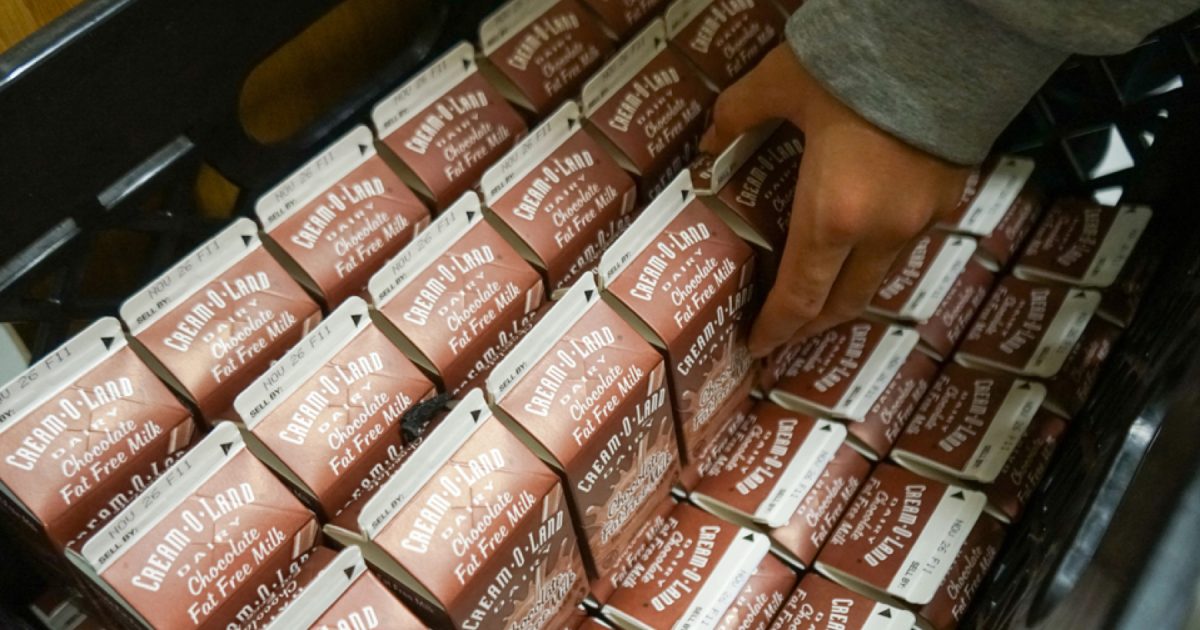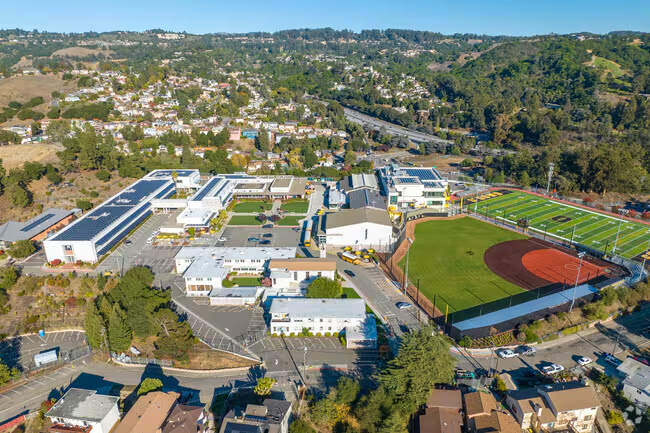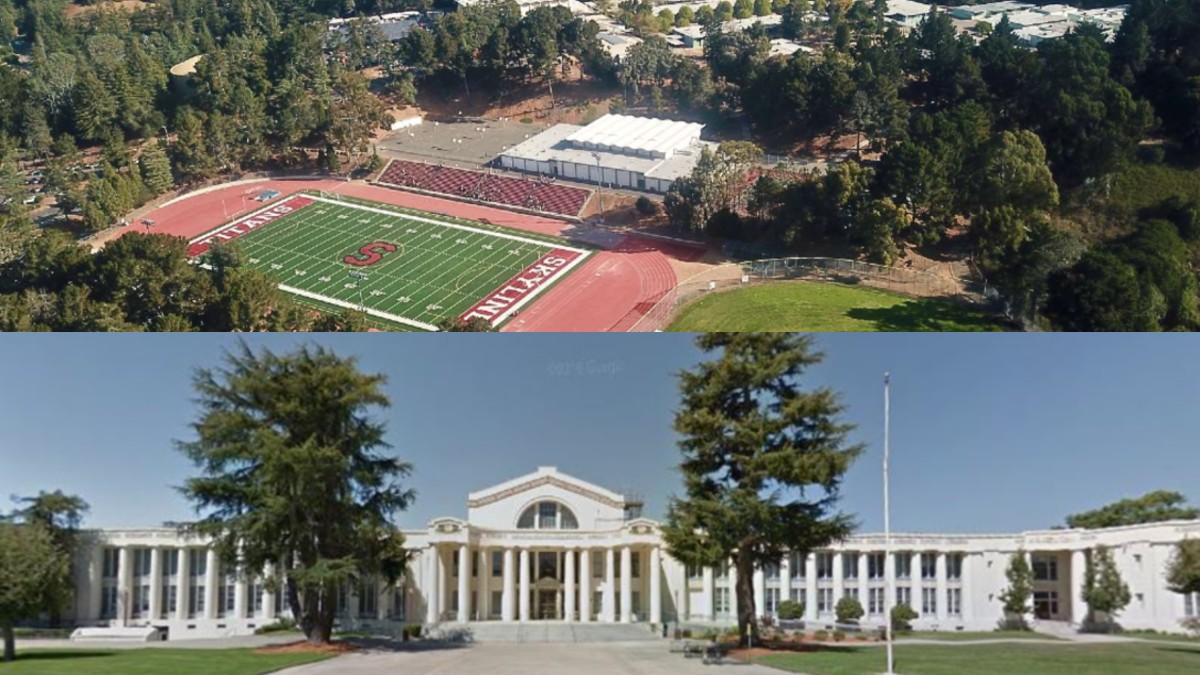While chocolate milk is widely served in school cafeterias across the country, as allowed by the USDA, recently many have begun to raise doubts about its health risks, including the San Francisco Unified School District, which has removed flavored milk from its lunch menus.
Chocolate milk still contains all the nutrients and protein as regular milk, however it often adds extra sugar. The chocolate milk at Montera contains 7 grams of added sugar, around 19% of the American Heart Association’s recommended daily consumption for men and around 28% of that for women.
Kandi Patterson from Dandelion Chocolate, a company that produces ‘small batch’ chocolate, brings up that chocolate contains theobromine, “a natural stimulant that helps release dopamine in the brain, making us feel happy and excited.” However if chocolate milk is artificially sweetened, then this benefit would not be gained.
Most chocolate milk is artificially sweetened, which may be an important factor in deciding whether to keep it in schools. Charlotte Biltekoff, a Professor, Food Science & Technology at UC Davis, says that what matters with chocolate milk is “how it is sweetened, and how much, as well as what kind of flavors or other additives are used in the process of turning milk into chocolate milk.”
Biltekoff also considers other factors when determining if a food is “good” or “bad.” She says, “Foods can also be “good” because of the role they play in our identity.” However students do not always love the chocolate milk at Montera. One said they “refuse to drink it,” one called it “horrible” and another said “it tastes bad after like three sips” and a fourth called it “watered down.”
Perhaps then it is best not to ban chocolate milk entirely, but instead to introduce a healthier alternative in our cafeterias.























